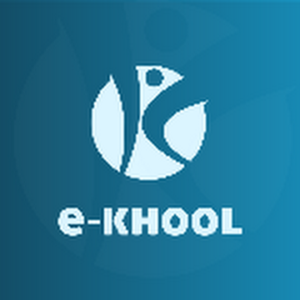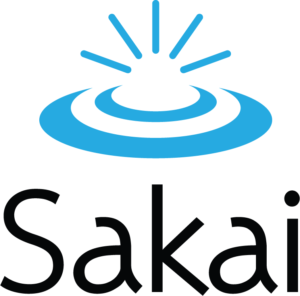Understanding Free LMS Pricing Models
Every free Learning Management System (LMS) isn't the same. Some are truly free of cost, while others come with hidden fees. Understanding how these pricing models work can help you avoid surprises down the road.
- Open-Source LMS: 100% free to use, but you'll need to handle hosting, customization, and maintenance.
- Freemium LMS: Free basic features with premium upgrades. It's ideal for small teams testing the waters.
- Trial-Based LMS: Full access is available for a limited time, after which a paid plan is required.
Before choosing, think about long-term needs. Will you need advanced reporting? More users? Custom branding? If so, a freemium or open-source option might be your best bet.
Benefits Of Using Free Learning Management Systems
Why pay when you can get an LMS for free? If budget constraints are a concern, a free LMS can still offer plenty of value. Here's how:
- No Upfront Costs: Start training employees or students without breaking the bank.
- Scalability: Many free LMS options grow with your needs. Upgrade only when necessary.
- Customization (for Open-Source LMS): Tailor it to your brand and training goals.
- Community Support: Open-source platforms often have active user forums for troubleshooting.
However, be mindful of limitations. Some free plans cap the number of users, storage, or features. Weigh your options before committing.
KPIs To Track Your Free LMS Implementation Success
A set-and-forget approach won't work here. Measuring success is key. Even a free LMS should deliver results. Here are the top KPIs to track:
- User Engagement: How many users actively participate in courses? High engagement means your content is effective.
- Course Completion Rates: If learners drop off mid-course, your
- content or LMS structure might need tweaks.
- Time Spent Per Course: Too short? Maybe the content is too easy? Too long? It could be overwhelming.
- Support Tickets and Issues: The LMS might not be user-friendly if users frequently face issues.











